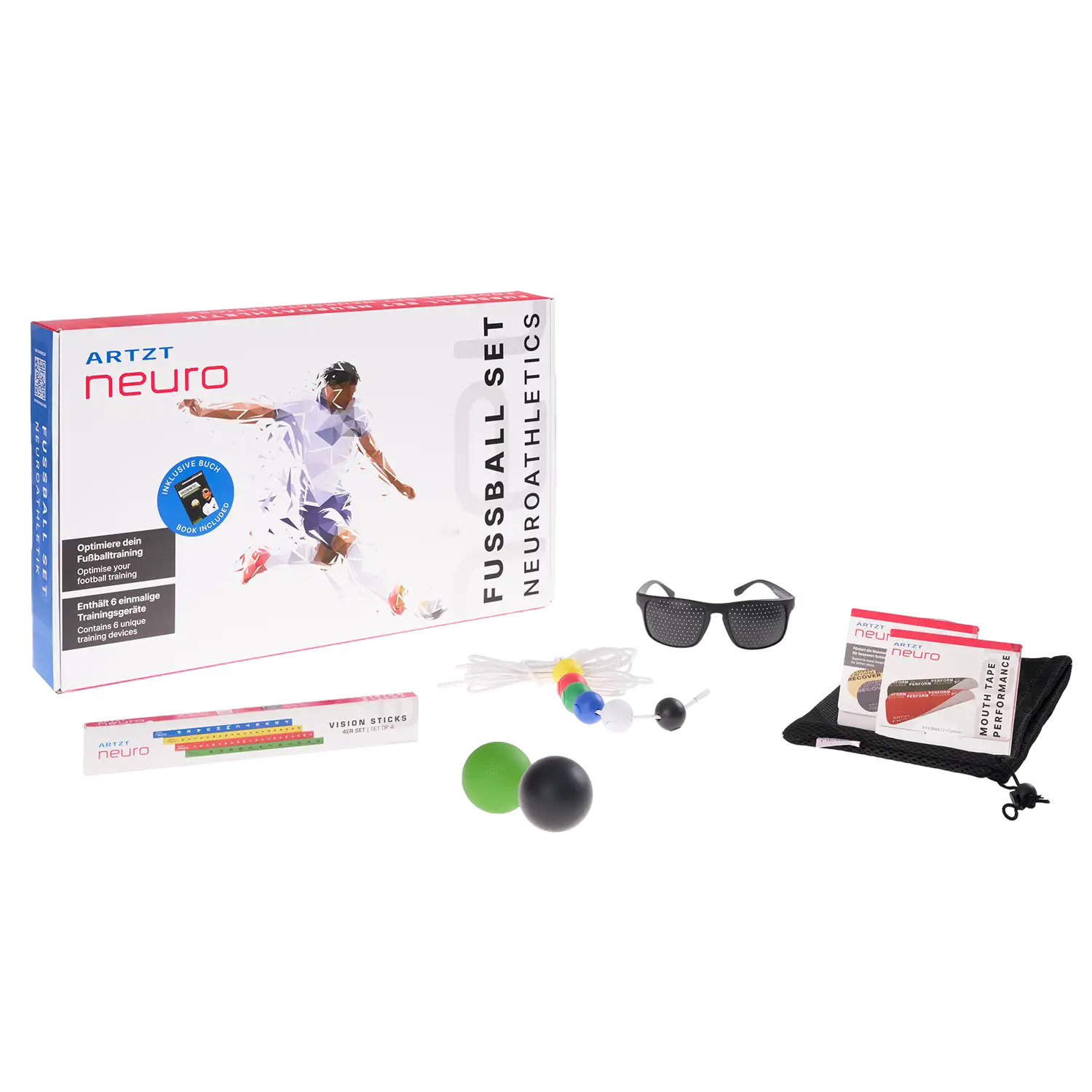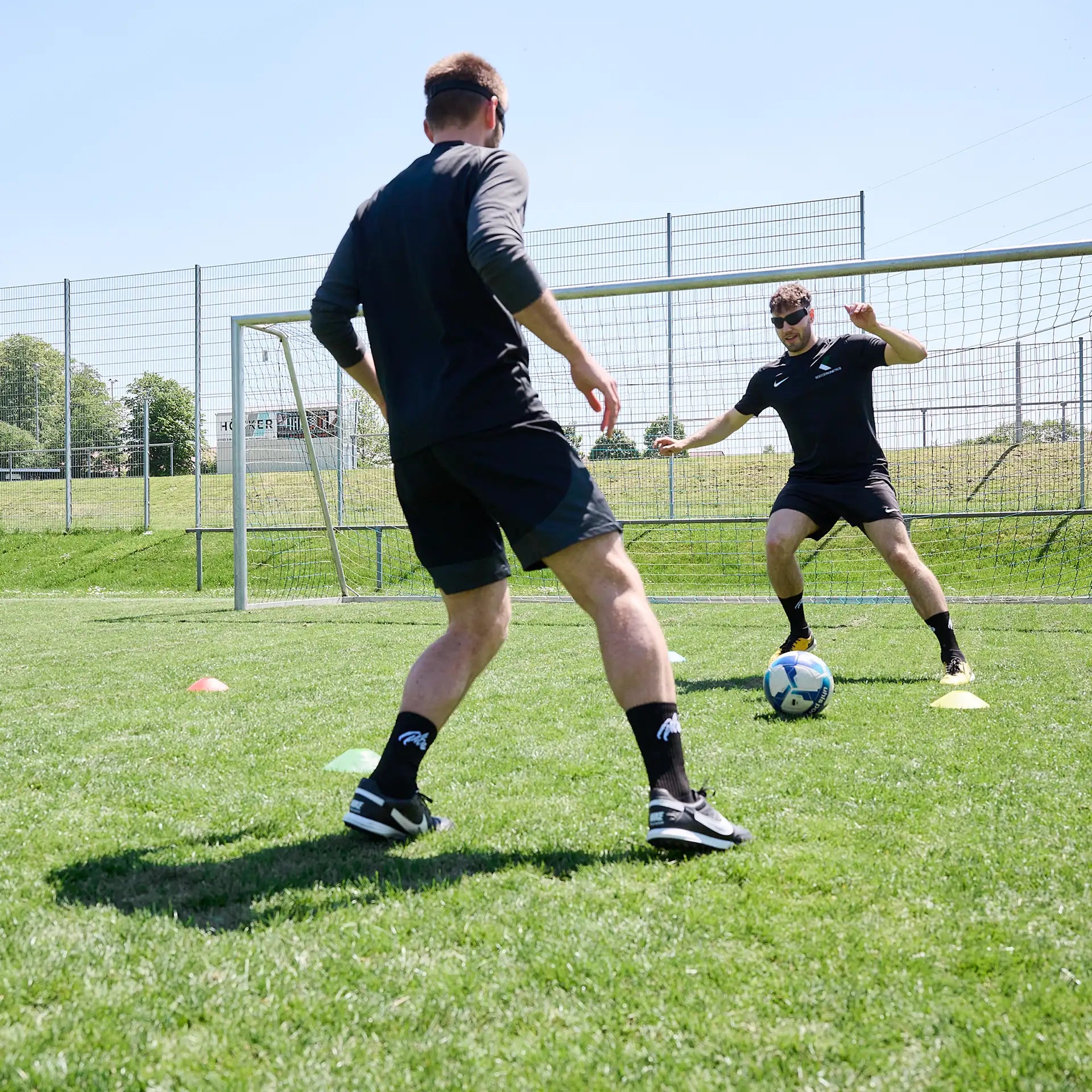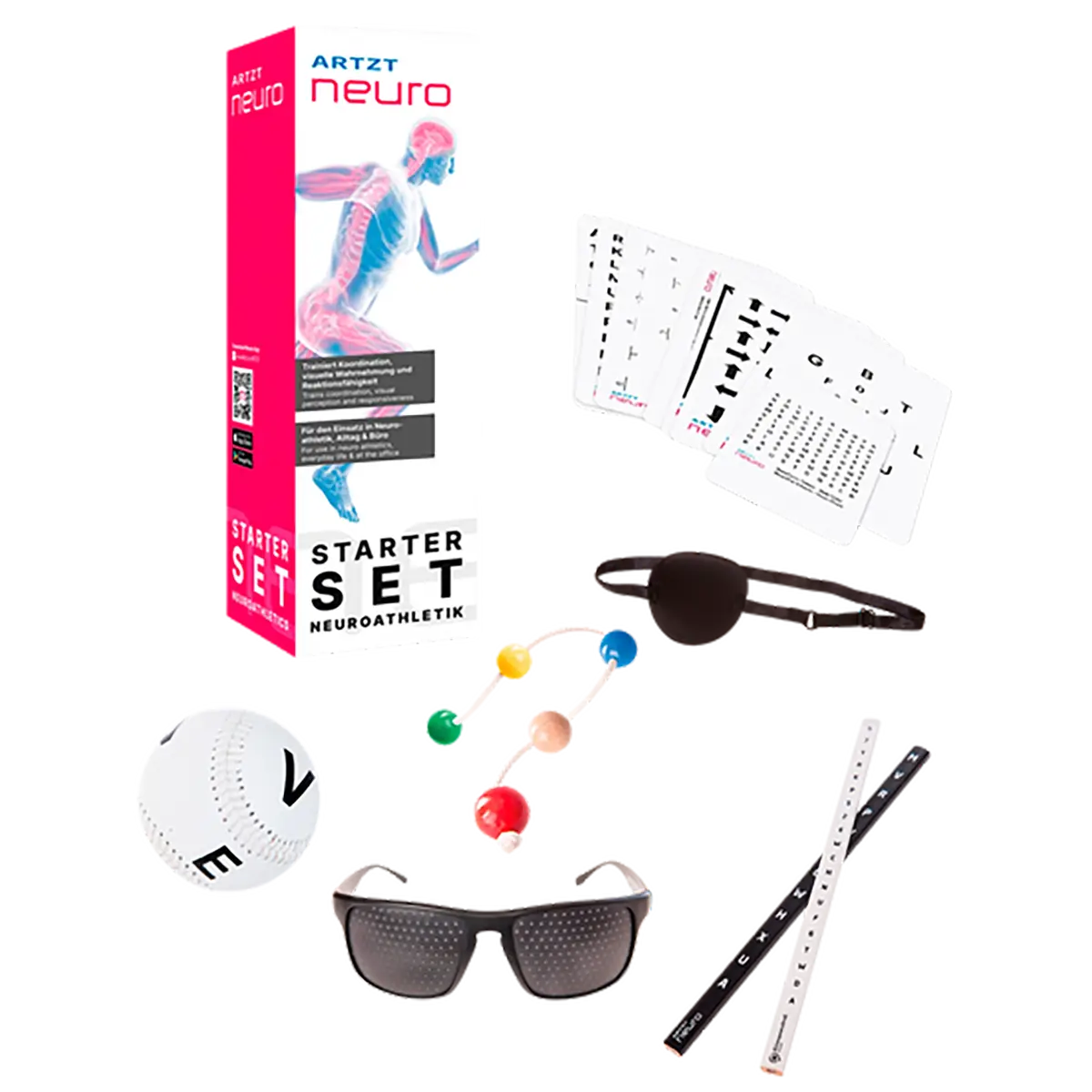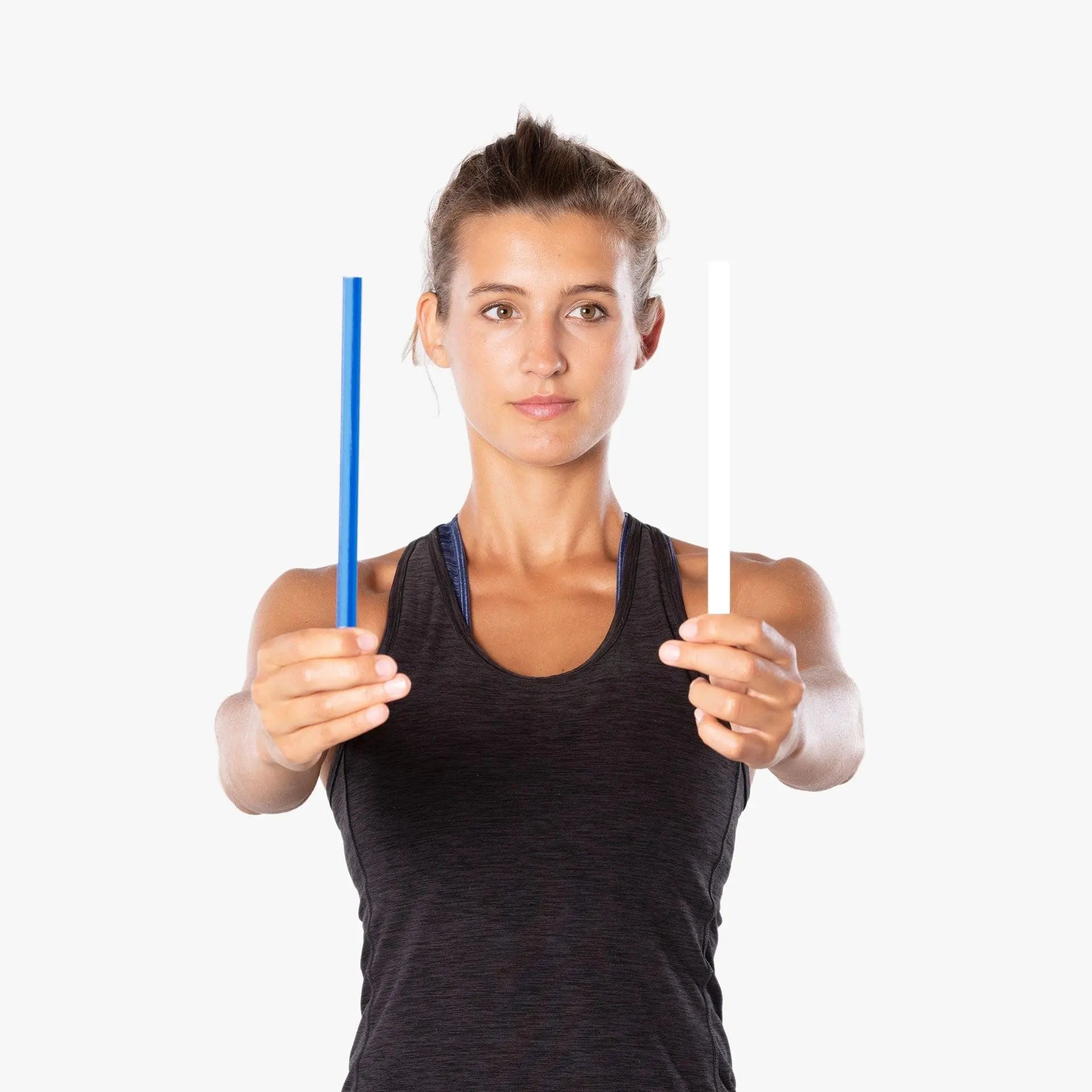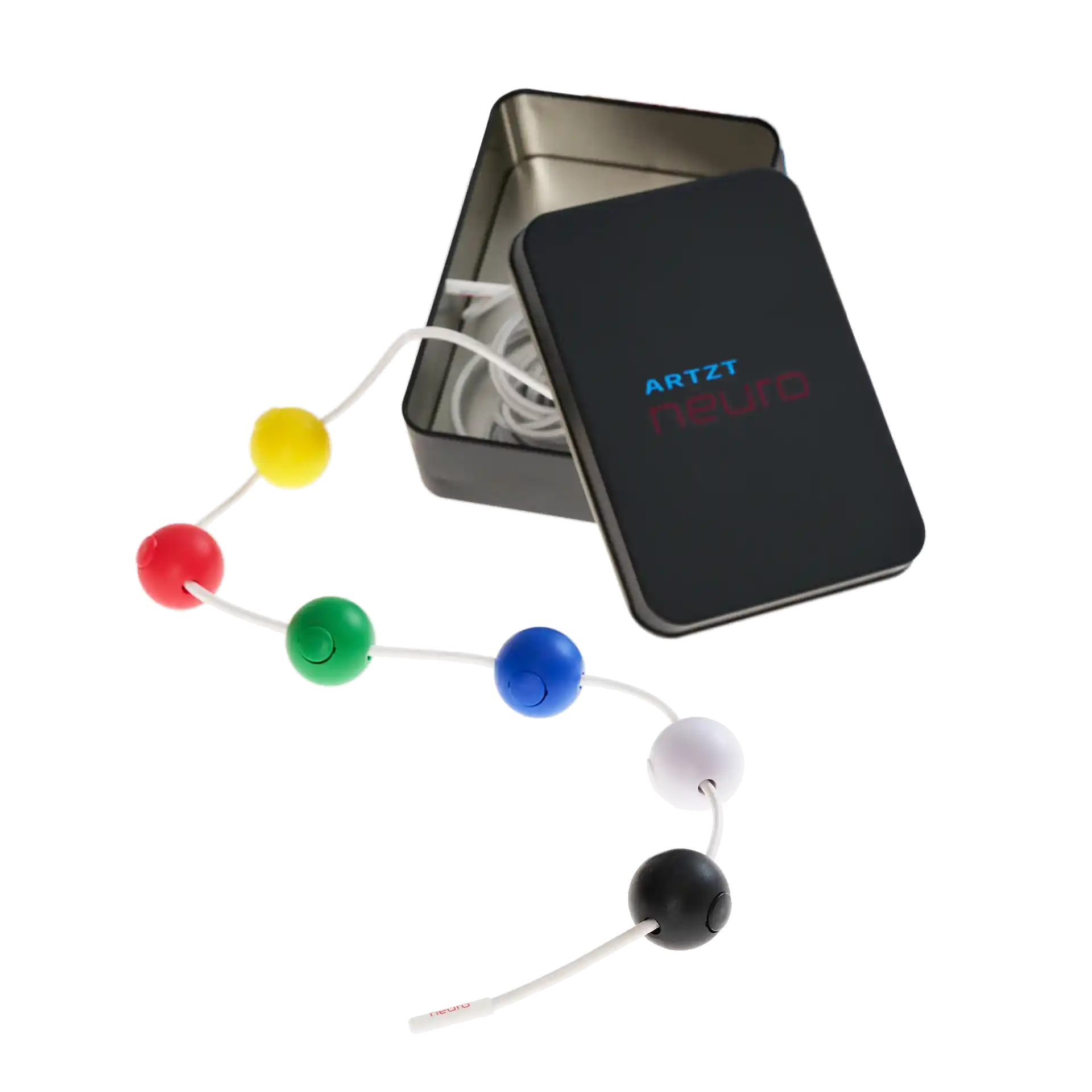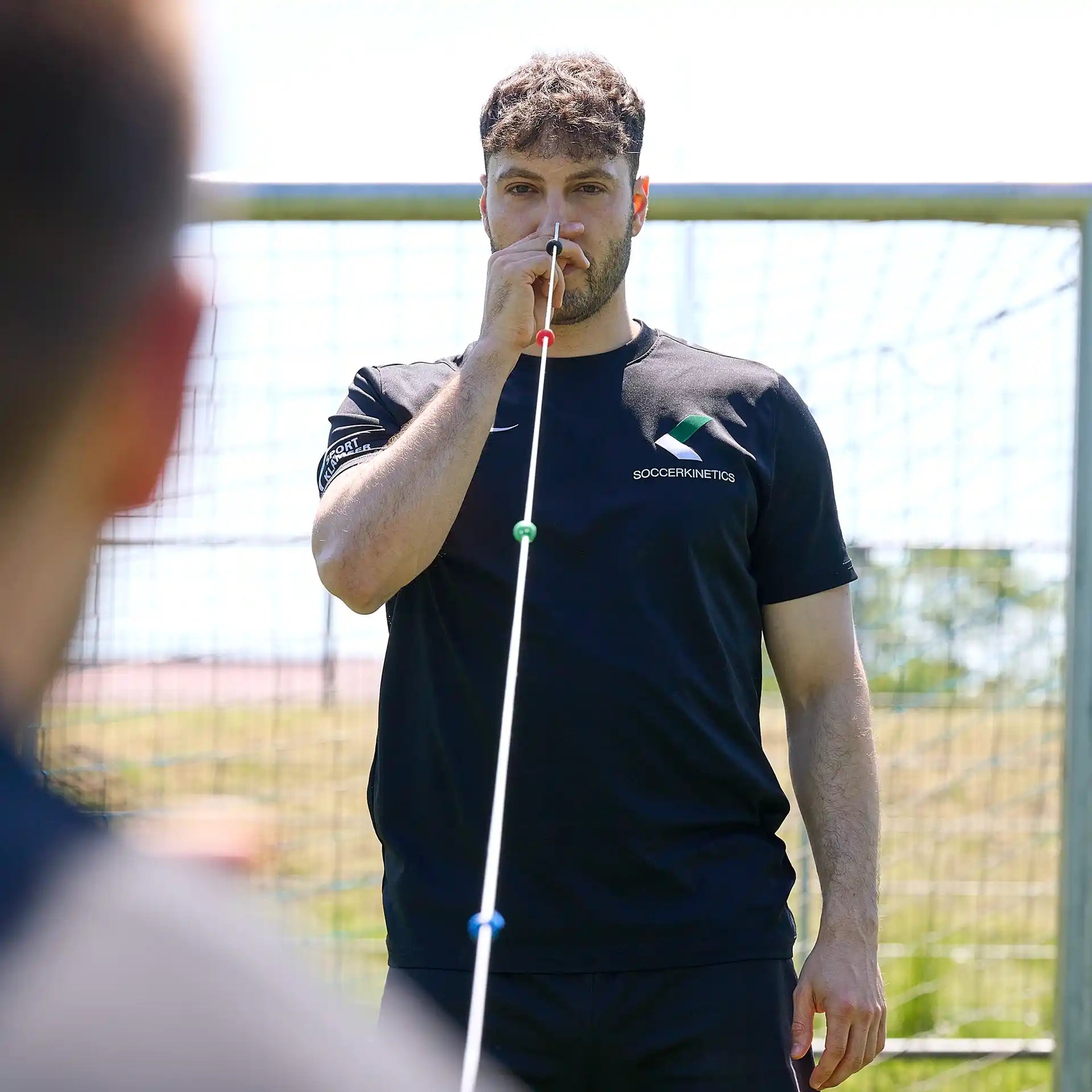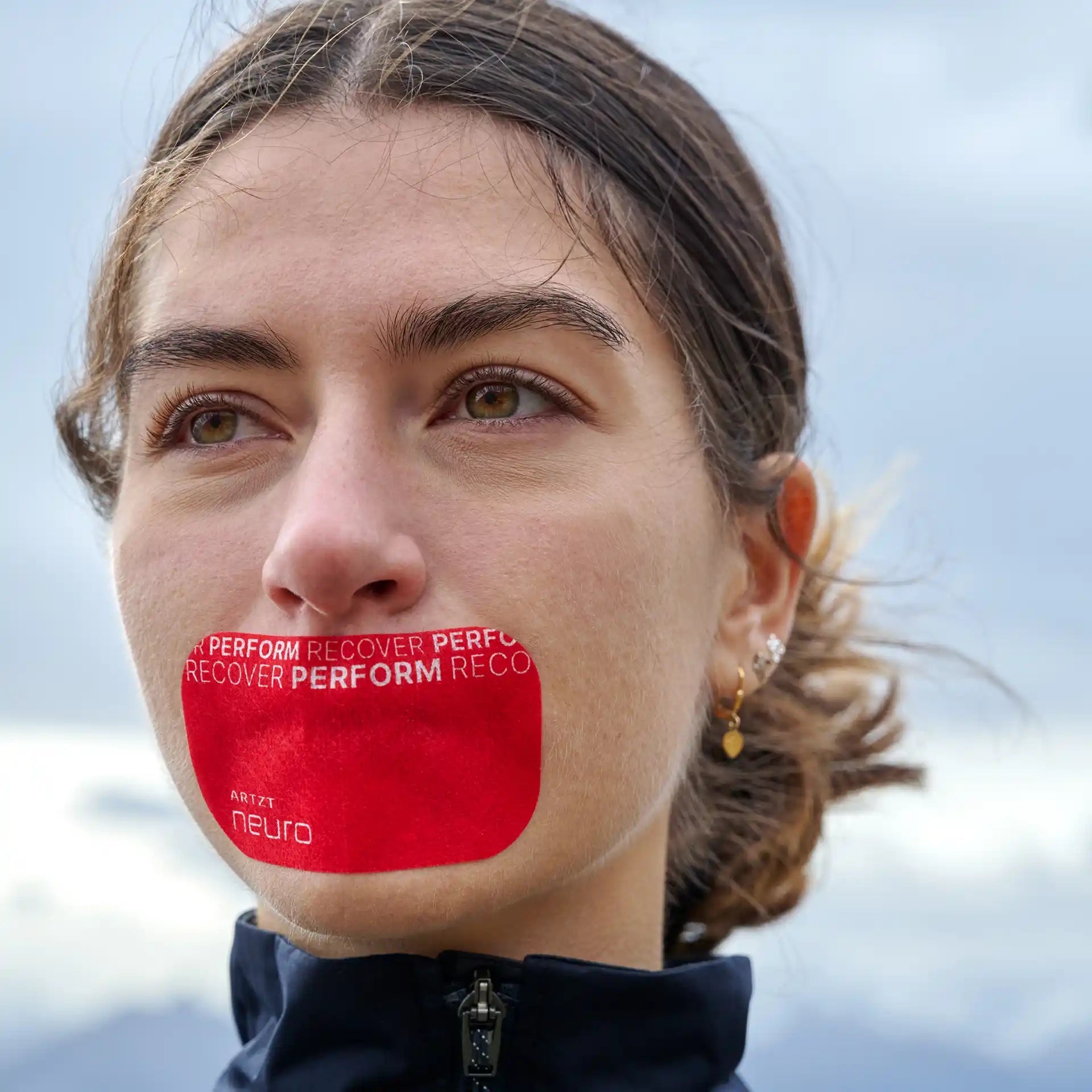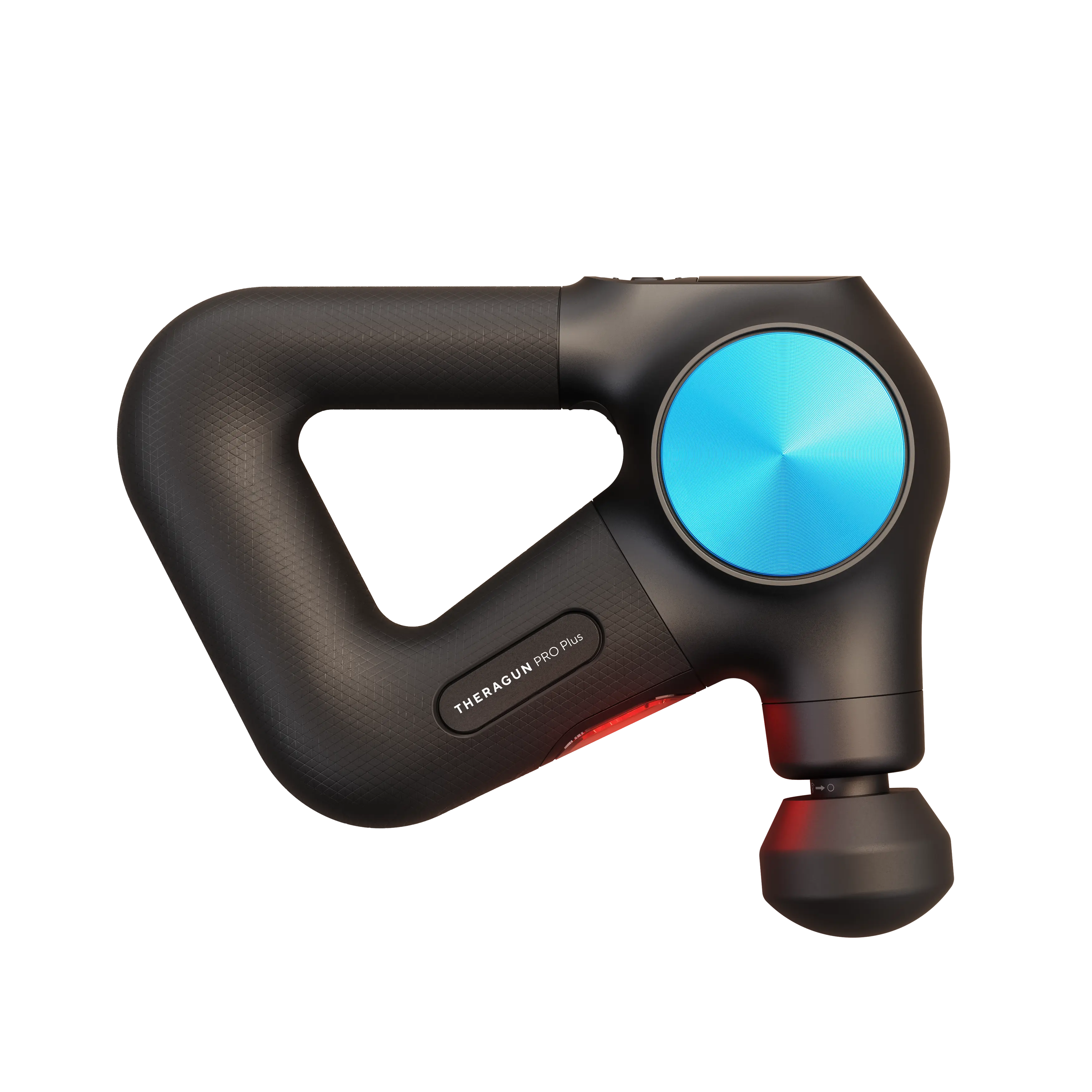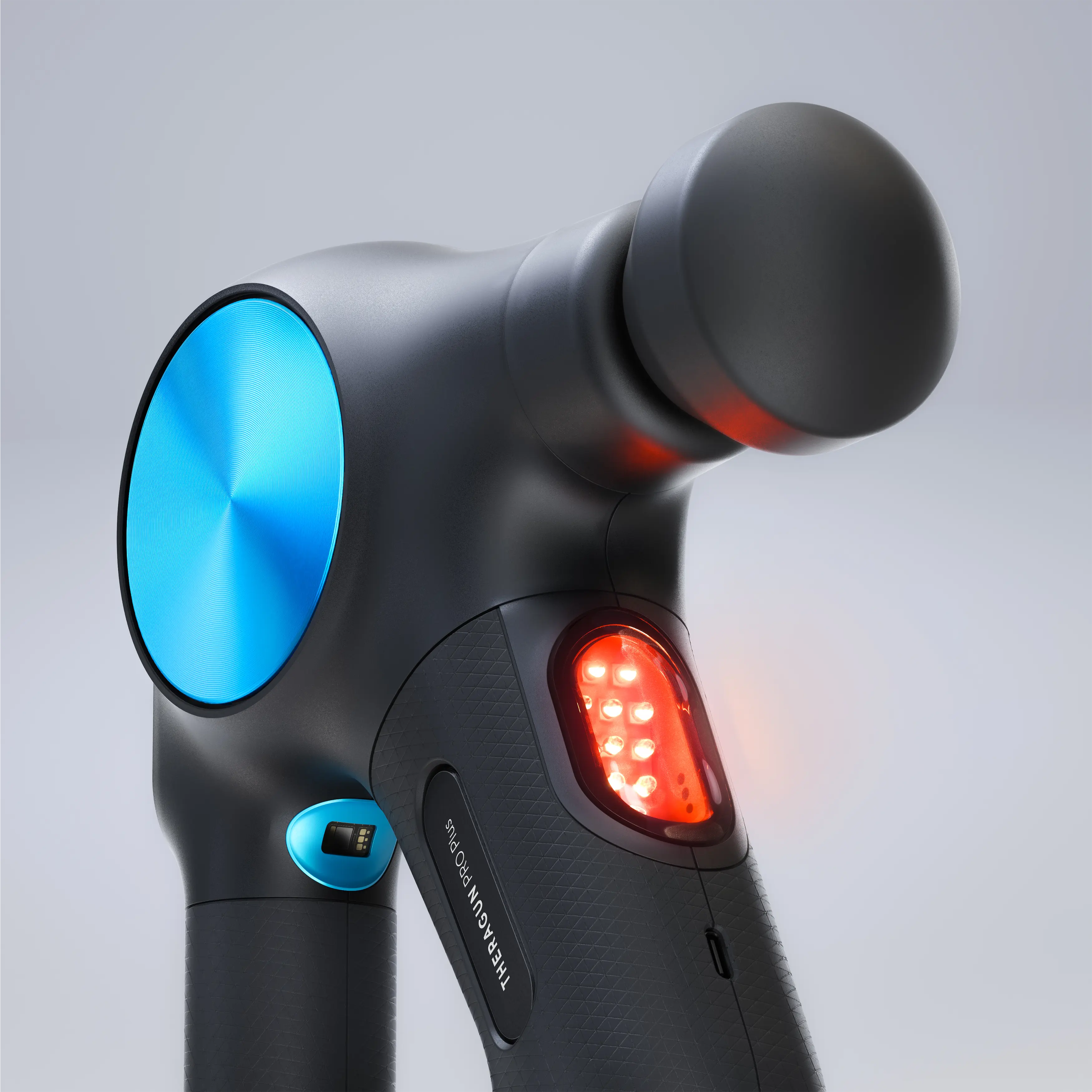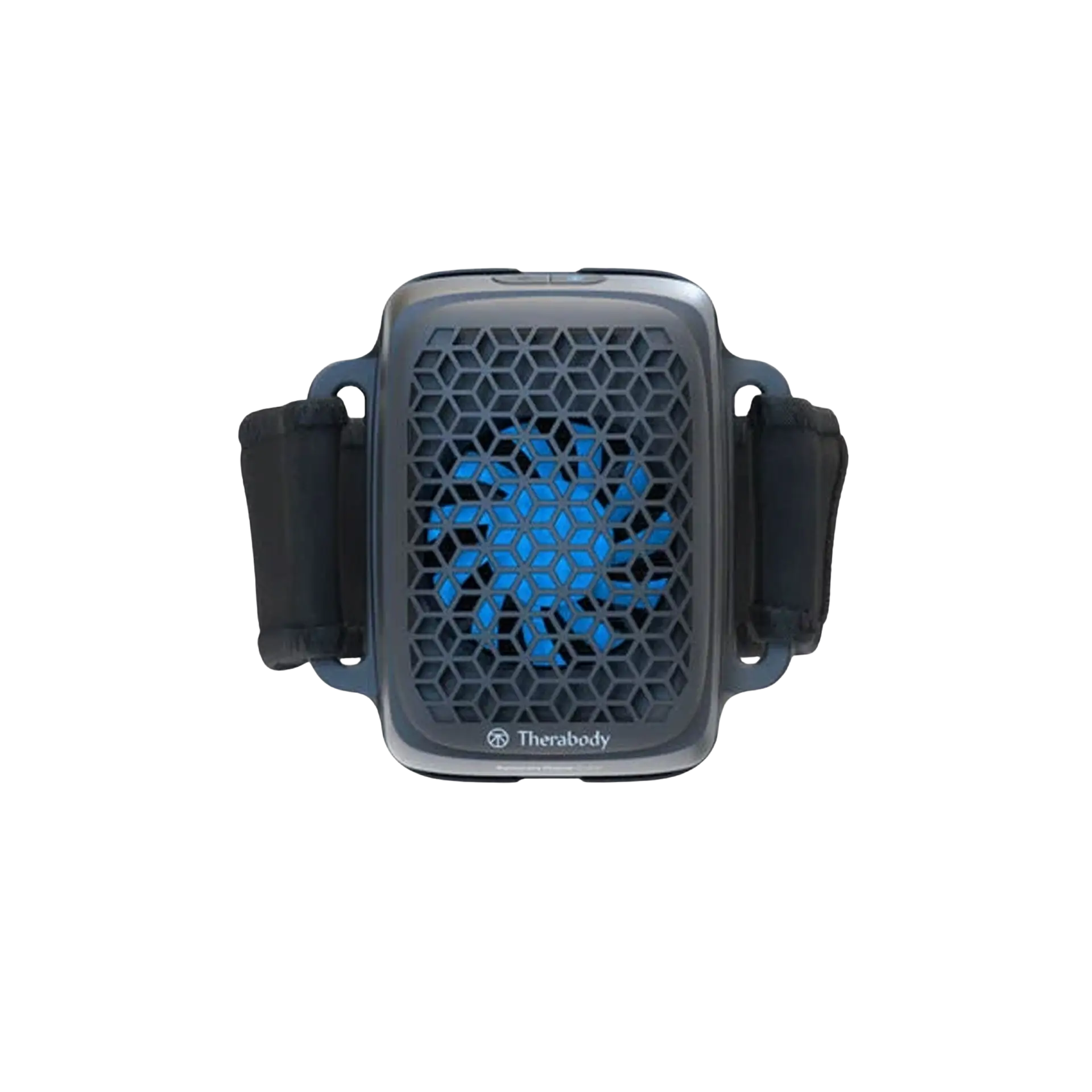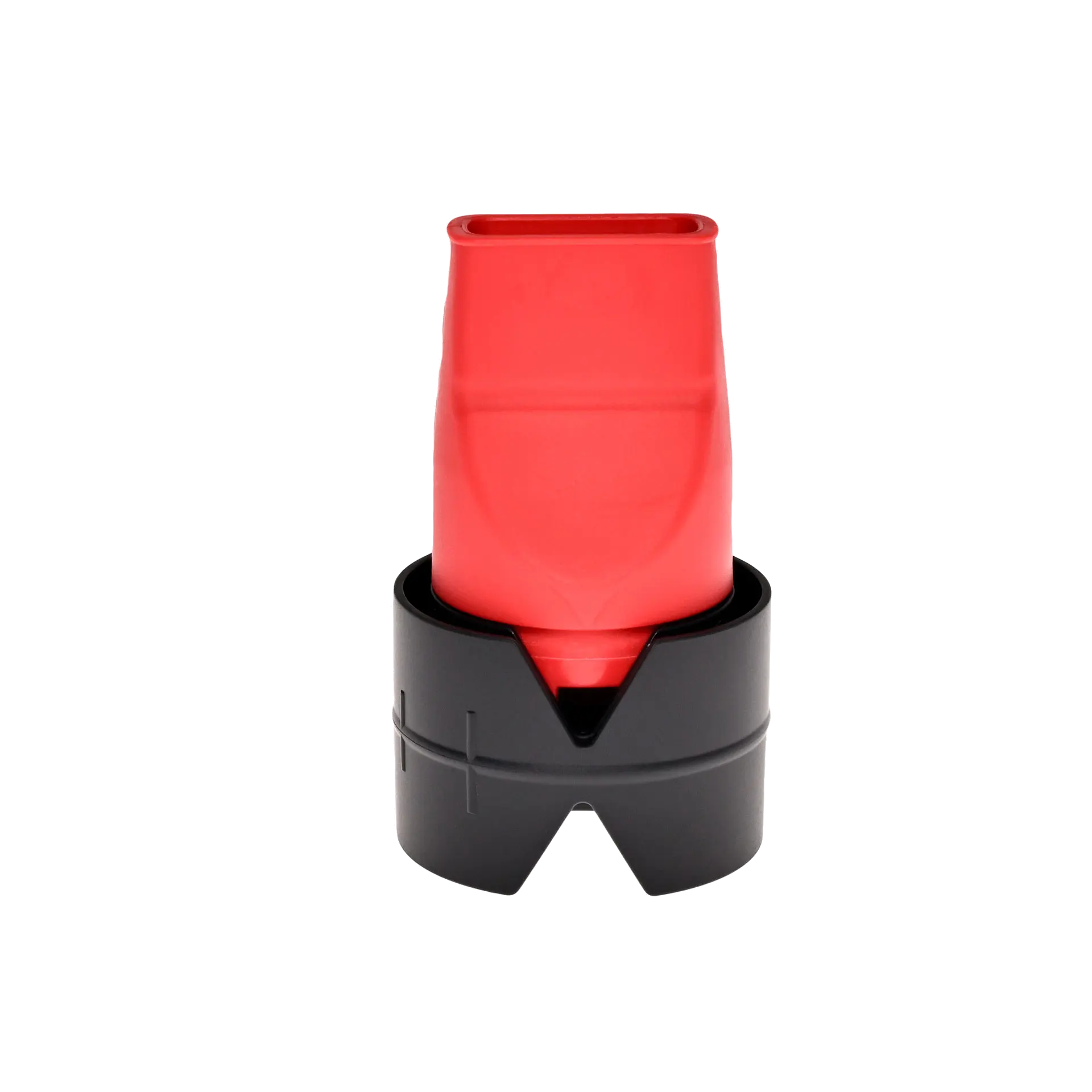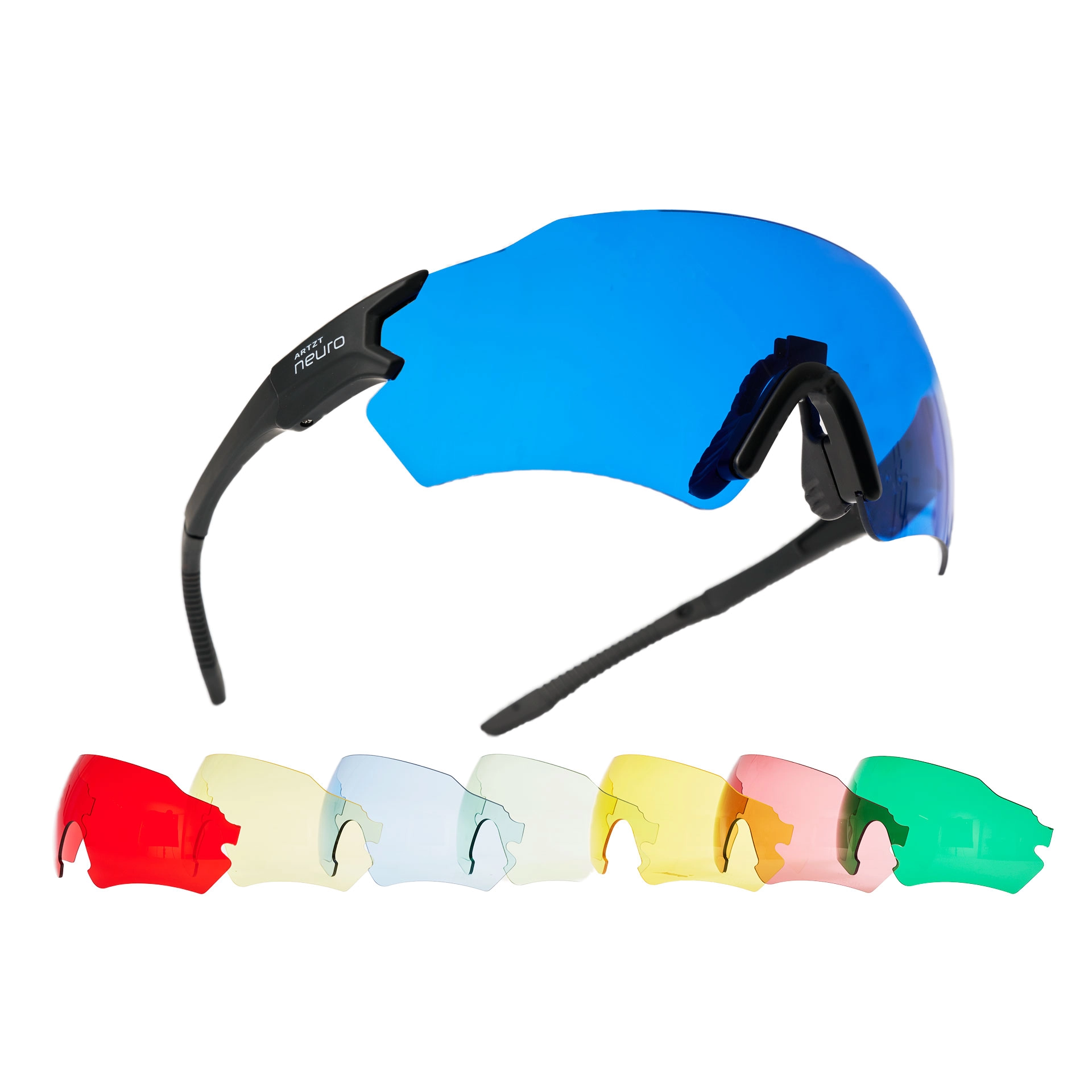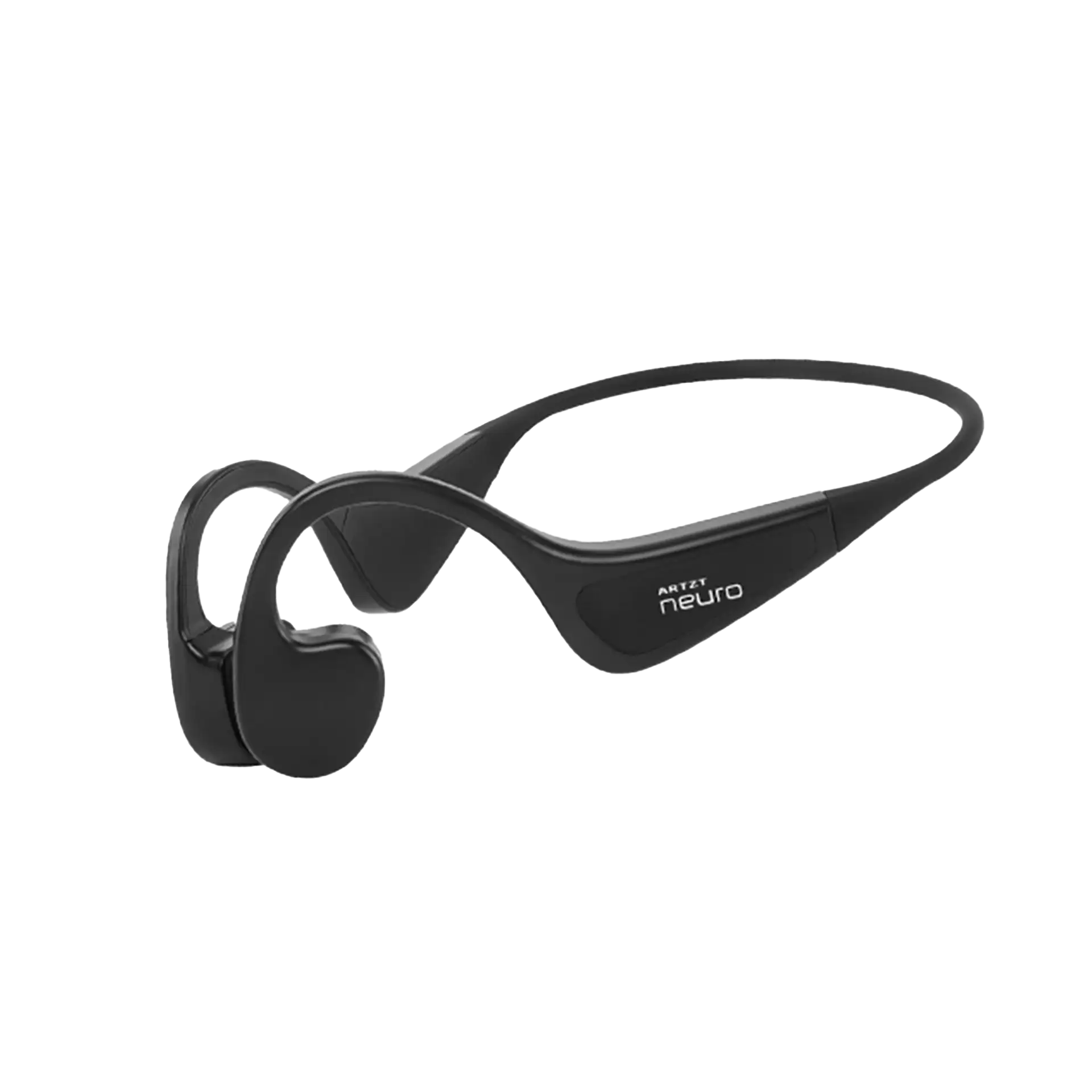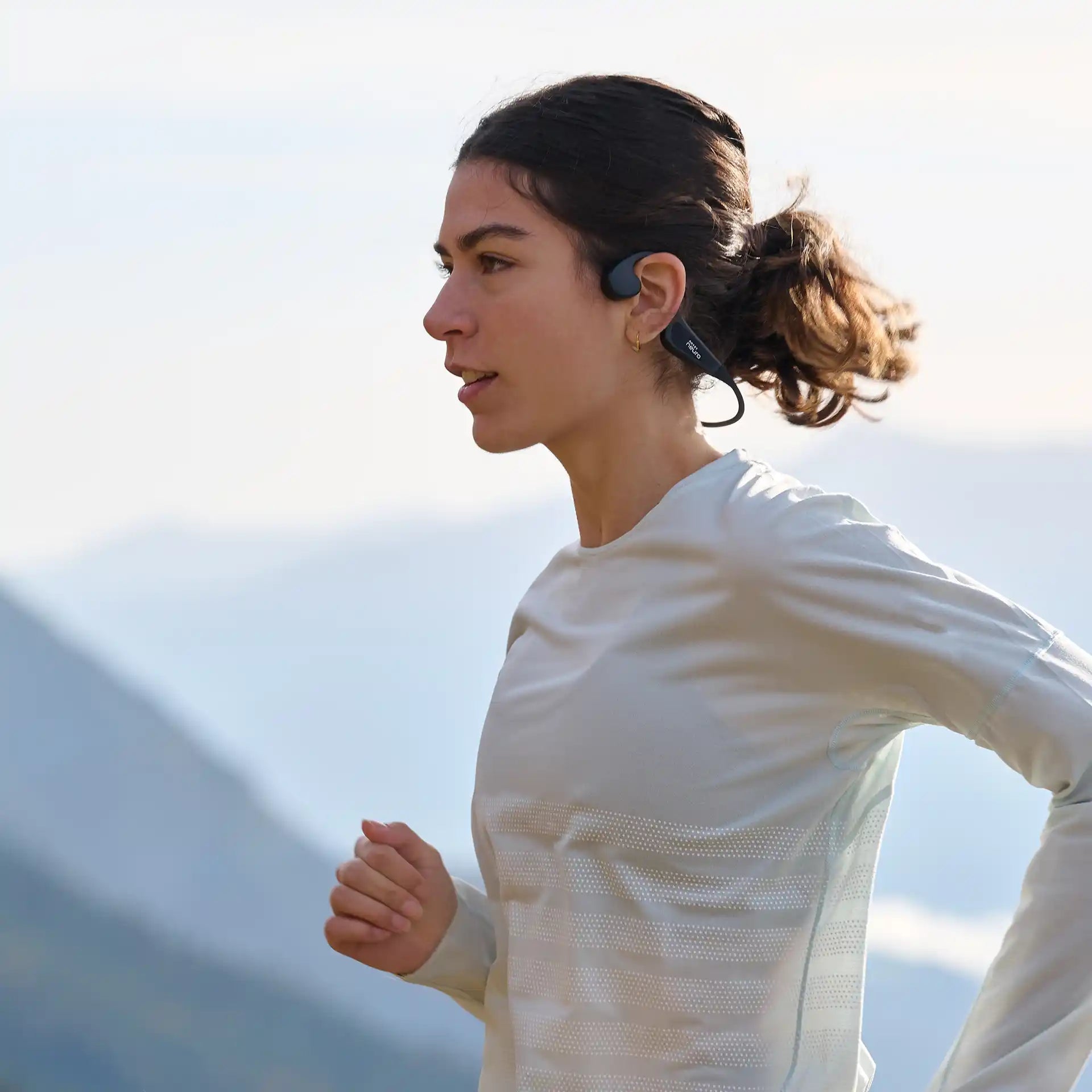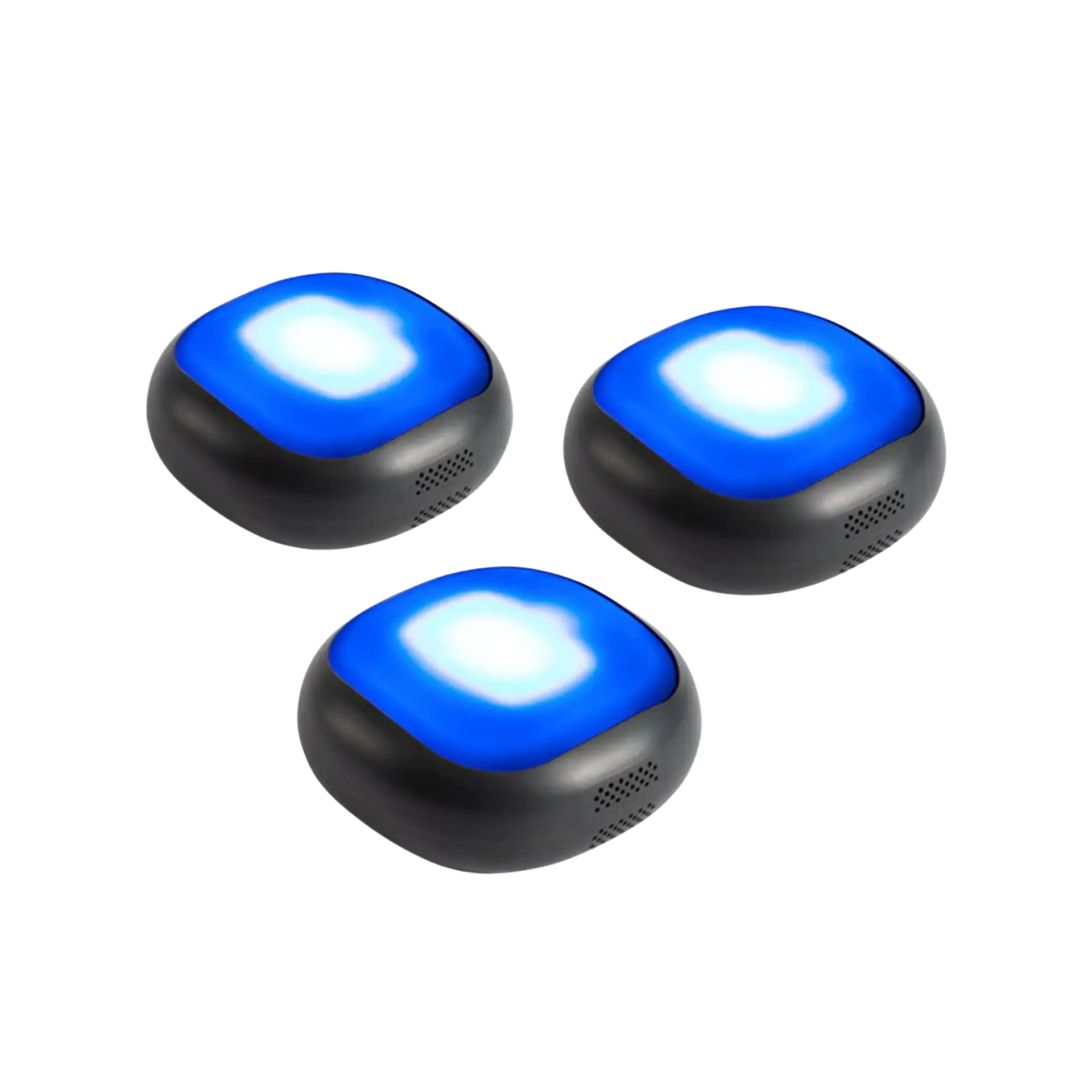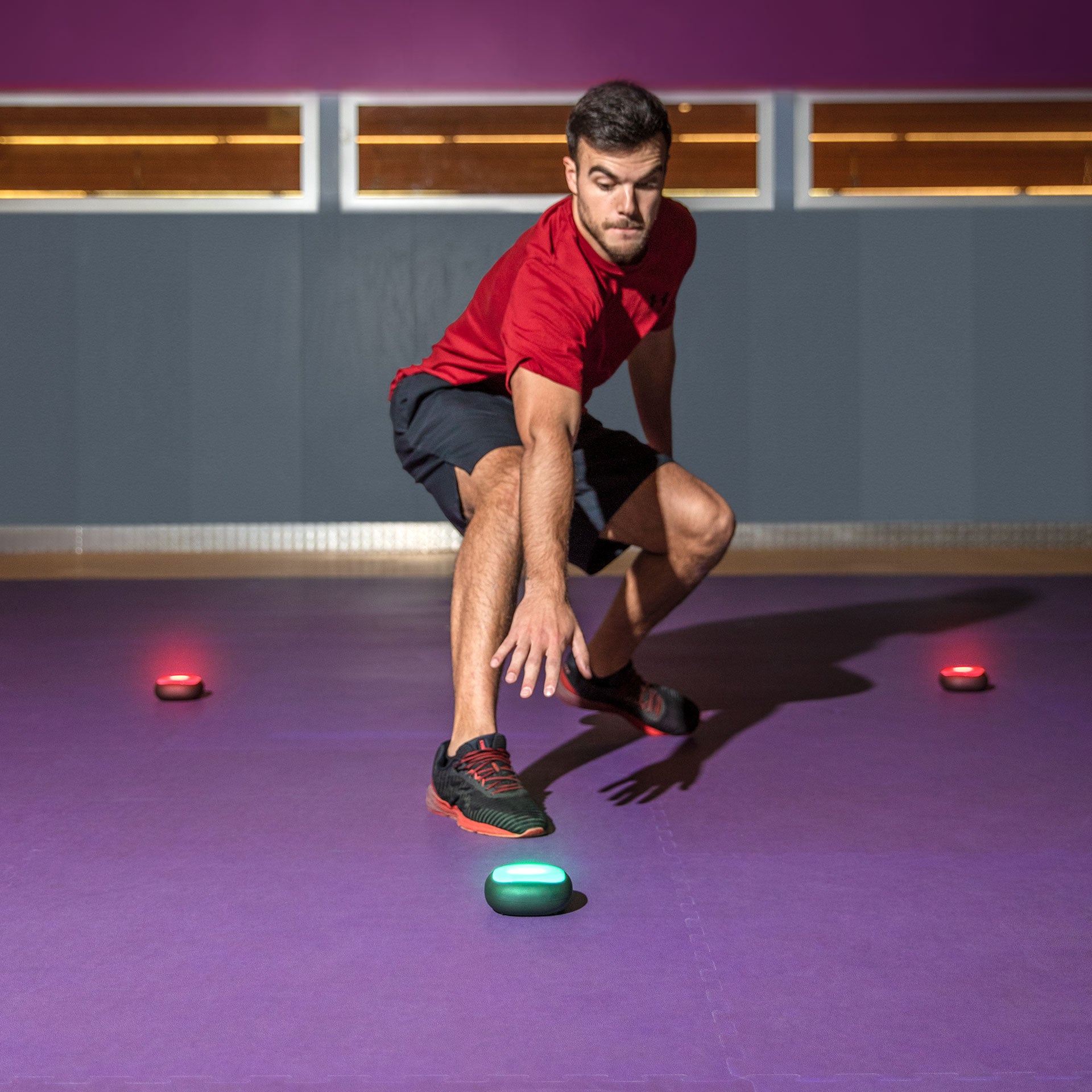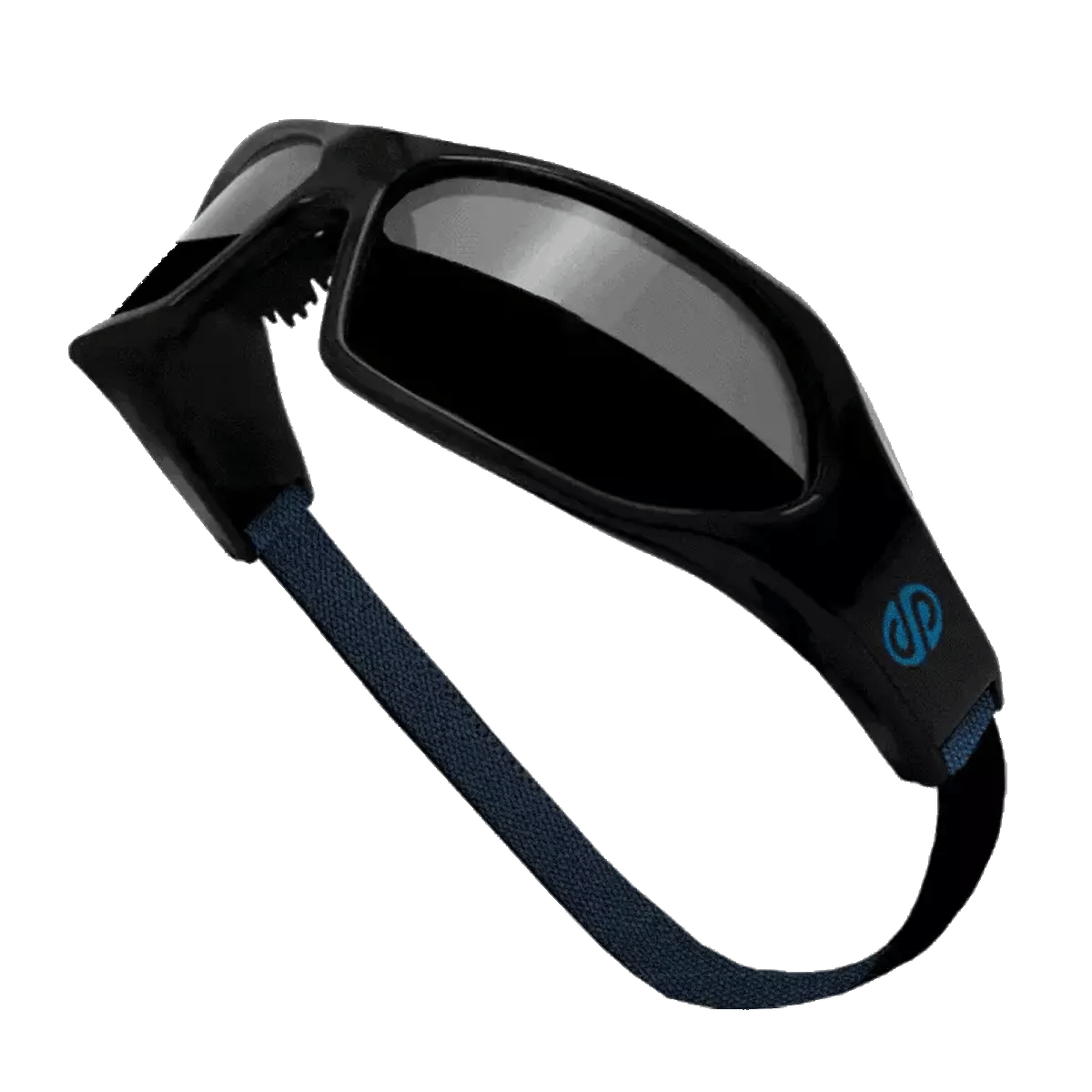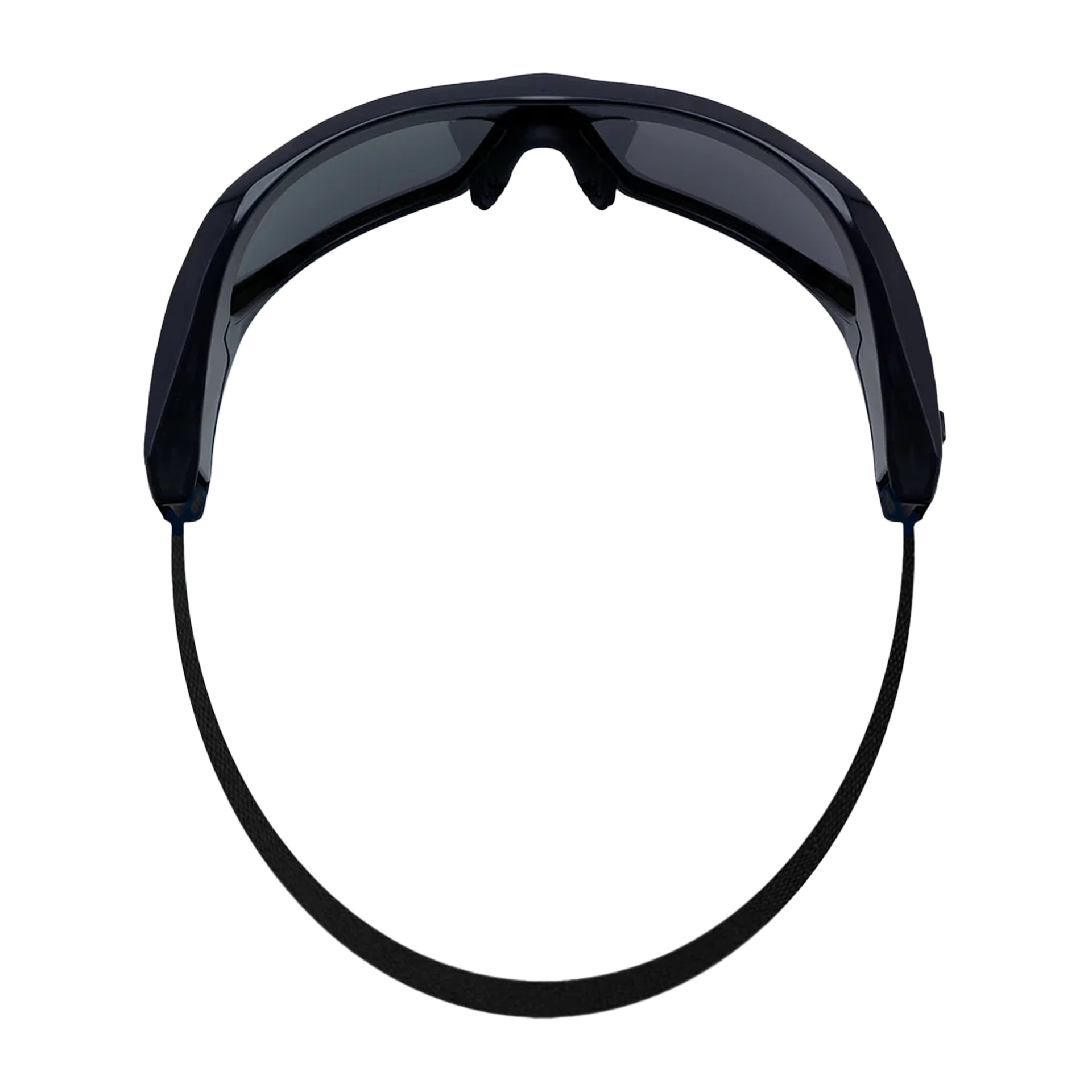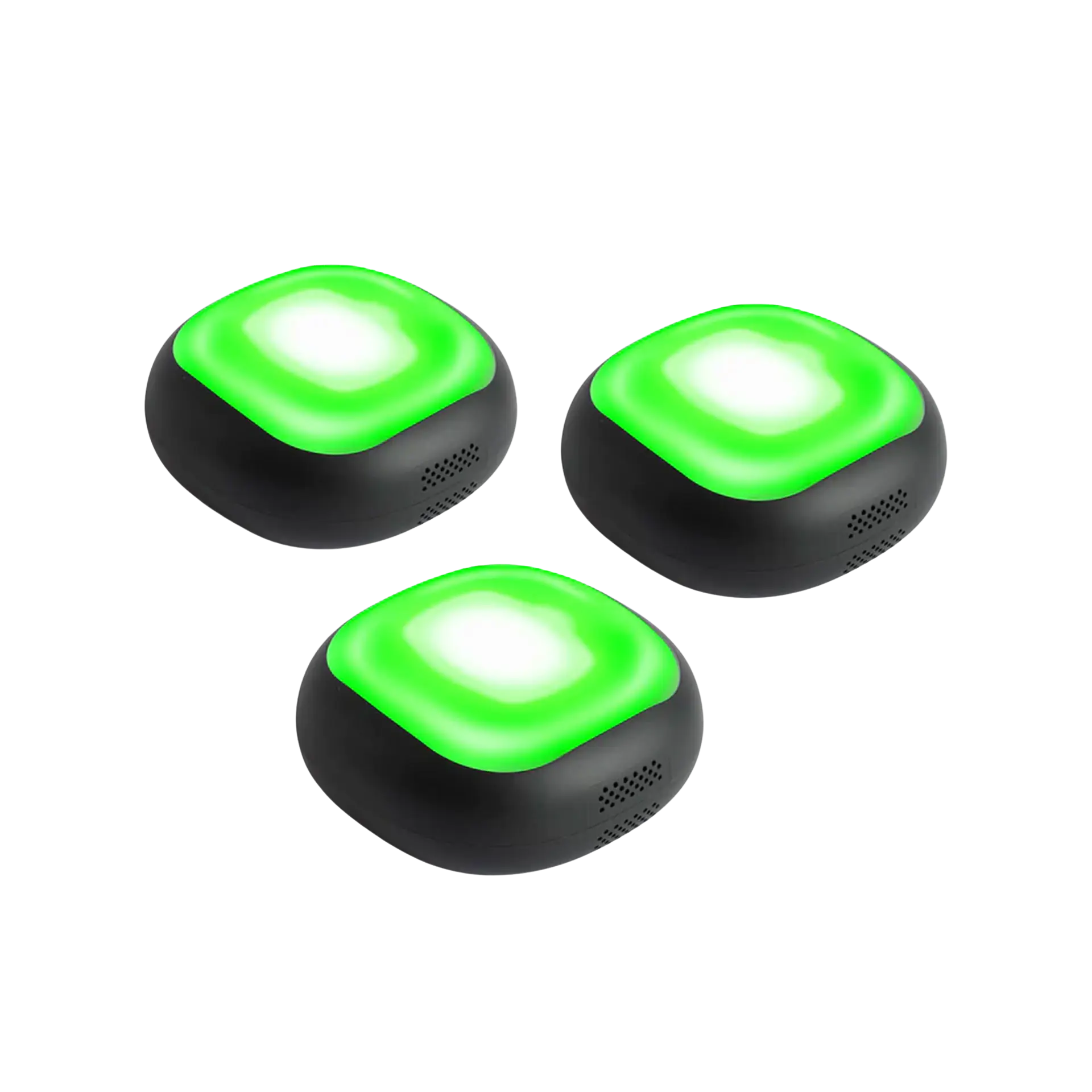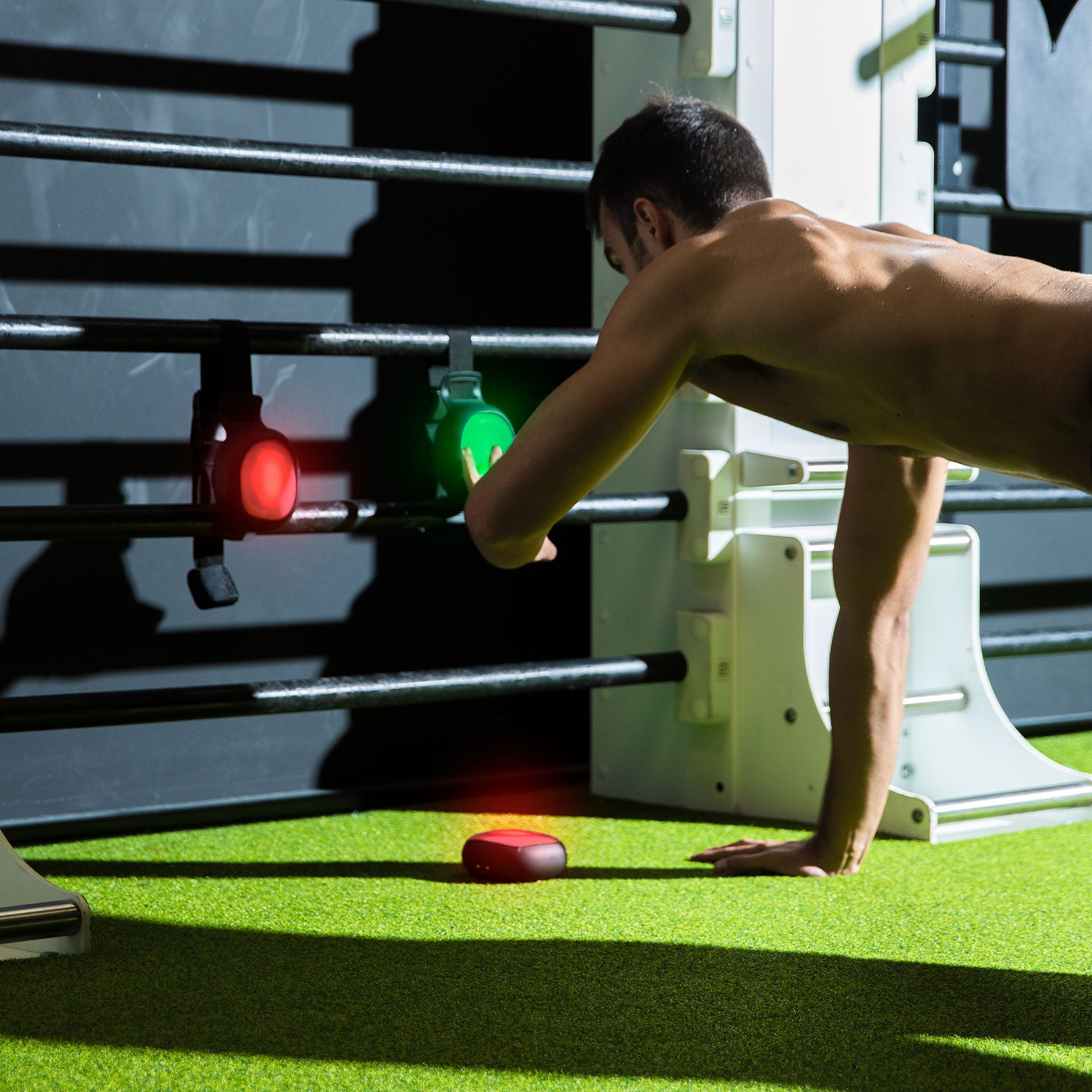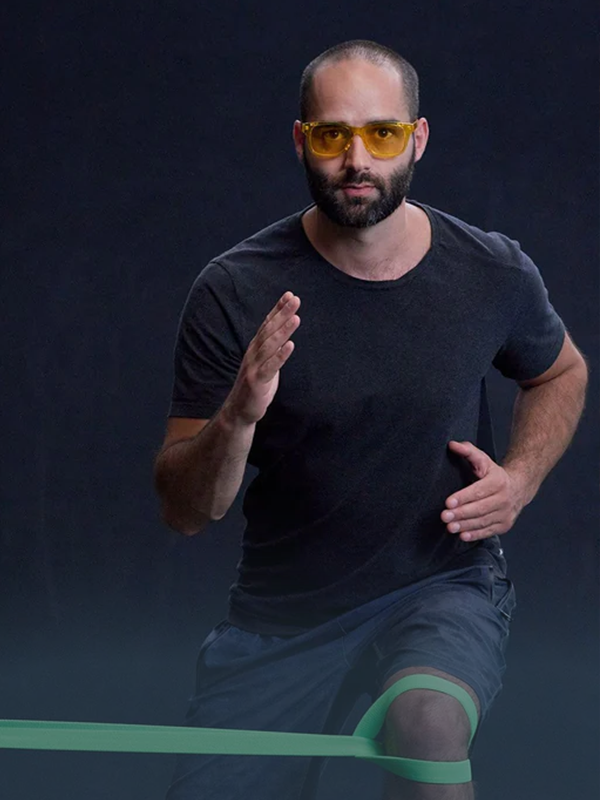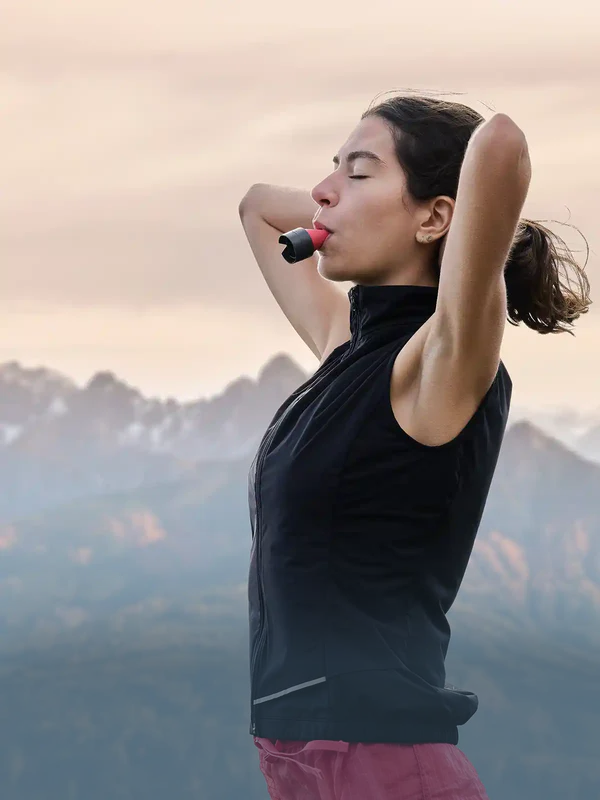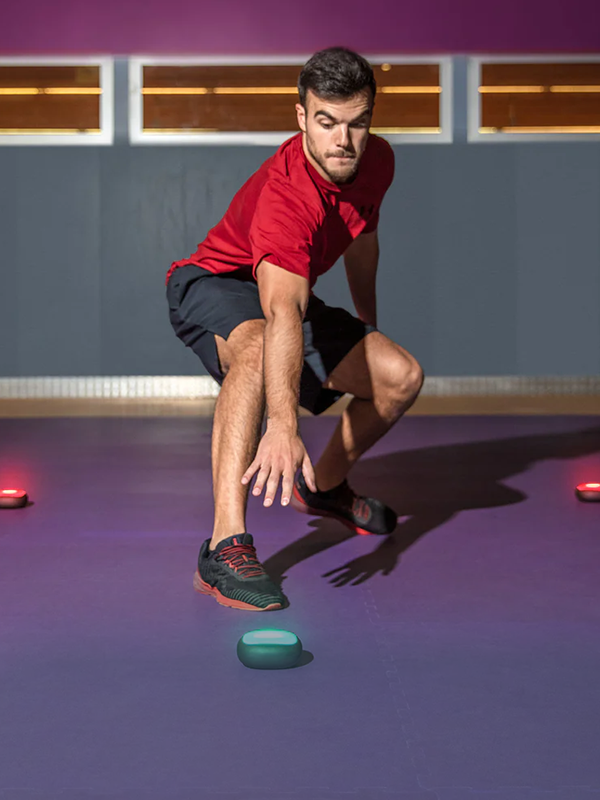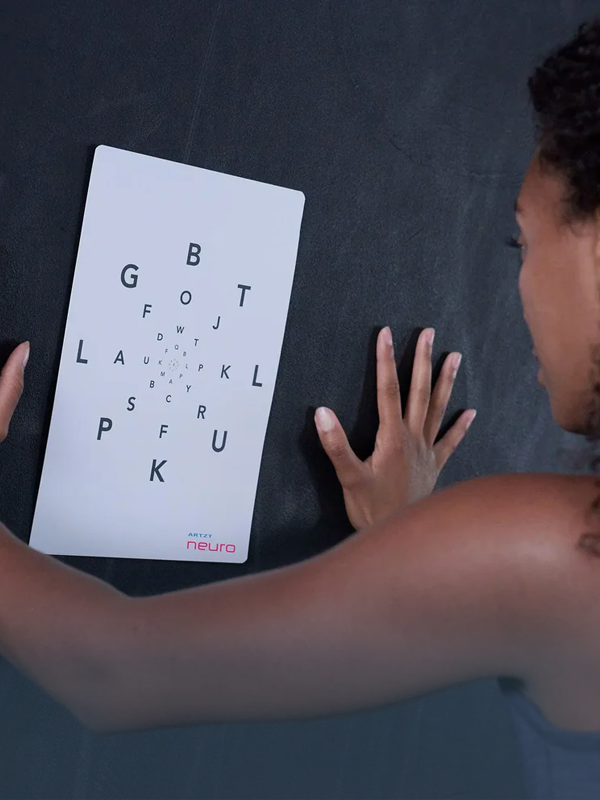Reading time: 3 min.
Dominik, you're an athletics trainer at the Hannover 96 soccer team's junior academy. What exactly is your job?
I've been working for Hannover 96 in the performance center in the medical department for many years now. The focus of the department is to establish health management in professional sports. And we are now on a very good path.
Athletic training has become increasingly important in recent years. How do you assess this development?
Basically, up until 2006, the year of the soccer World Cup in Germany, the topic of athletic training was not really that present here. At that time it slowly entered the German market via Mark Verstegen from Athletes' Performance and via the national soccer team and has established itself there over the last 10 years.
Overall I see it as a positive development, but you have to be careful not to mix fitness and athletic training too much. Basically, good athletics and good conditional abilities play an important role for all top athletes.
In your opinion, how important is interdisciplinary cooperation in athletic training in soccer?
Nobody manages to make the athlete better on their own. Especially in team sports, where we have specialist trainers, assistant trainers, doctors, physiotherapists, athletic and rehabilitation trainers as well as the so-called prevention trainer, it is incredibly important to optimally combine the individual expertise. The individual as such will never be successful.
In the end, it's about establishing clear hierarchies and still communicating at eye level in order to be able to achieve the best possible results in the end.
As an athletic trainer, how do you see neuroathletics in football?
I think we've seen some extremely exciting developments in the way the brain and body interact in recent years. Started in Germany in 2006 by Jürgen Klinsmann and the training methods he brought with him, an incredible number of methods in the biomechanical field have come onto the market in recent years, such as movement analyzes and preventive diagnostics, where we have increasingly devoted ourselves to the topic of mobility and stability at joint level.
It is now the case that the term neuroathletics is a new trend that has actually existed for years in terms of the individual methods. We are increasingly dedicating ourselves to the topic of visual abilities or using specific balance training methods. But sensors and perception, i.e. improving the input of the brain, are also becoming more and more important.
I see huge potential there, but that doesn't mean that it's suddenly all about the brain and movement and everything that has suddenly become irrelevant in terms of biomechanics and fascial therapy methods. At the end of the day, it's all about combining these two areas into an optimal overall concept and picking out the raisins from each direction.

“ With the term neuroathletics, a new trend is underway that has existed for years in terms of the individual methods. ”
Do you use the knowledge you have gained in your daily training practice?
Yes, definitely! The subject of neurology requires an enormous focus on exercise execution. Sometimes it is a challenge to implement the whole thing in a setting with 20 athletes. It is important to gradually develop ideas and methods that can then be implemented in the group scenario.
So far I have had the best effects in a one-to-one setting - be it in prevention or in rehabilitation. Here I can really go into detail with the athlete and work up his deficits - visual abilities, balance or even sensors - very specifically.
Does fitness equipment play a role in neuro-athletic training?
Of course. Depending on which tool you use, you can improve the input for the brain and thus mobility or, in my experience, even reduce pain. For me, the tools for neuro-athletics training are extremely exciting because we can integrate them very specifically into our overall system of athletics and prevention. In this respect, the use of small devices continues to play a major role in practice. You can do a lot with your own body weight, but in the end it's the mix and knowing how to use these tools in a targeted manner that counts.
To person
Dominik Suslik is a sports scientist MA and managing director of the PHYSIOCORE Academy. He has been working as an athletic trainer for many years and is Head of Medicine, Health and Athletics at the Hannover 96 Academy. In the field of athletics and personal training, he works as a trainer and speaker throughout Germany.


